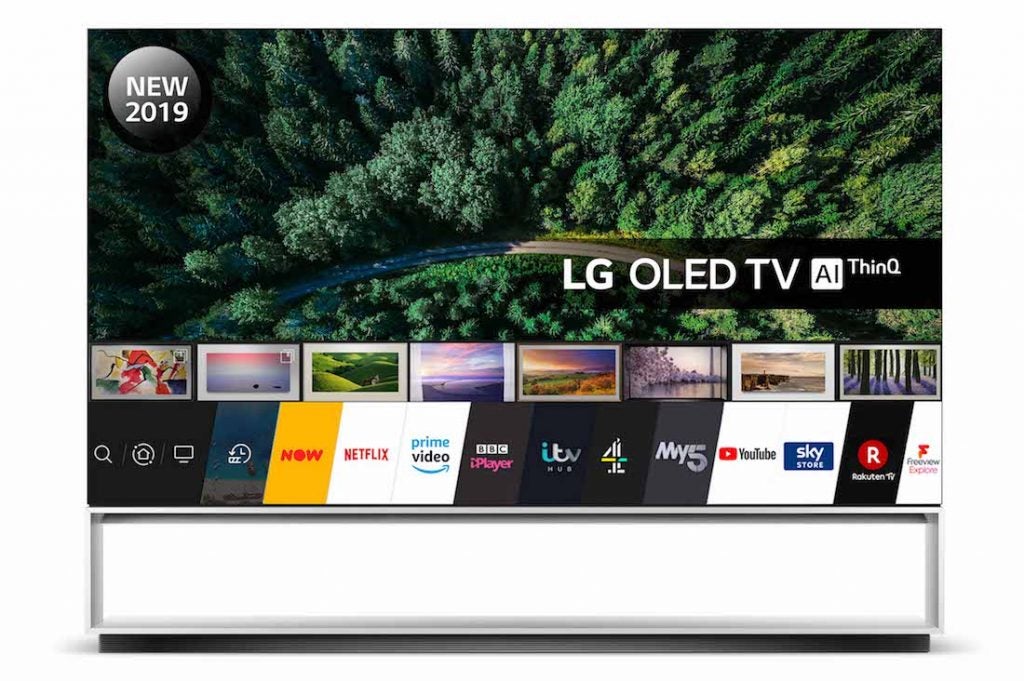The future is here. While you’ll need to save up to get the best 8K TV, they are at the forefront of the most exciting developments on the TV world.
2021 will potentially see 8K TVs reach the realms of affordability, with prices getting closer to £1000. Brimming with of technology, these TVs feed off on detail, clarity and bright, punchy colours.
That’s because the jump to 7680 x 4320 resolution affords them more detail and clarity than any 4K TV can match, and as we’ve realised over the course of testing these TVs, they can make native 4K content look better than they would on a 4K display. While 8K content is still thin on the ground, TV manufacturers and broadcasters around the world are pushing for more content in the format.
8K needs a big screen, but with each generation we’ve seen smaller models come into play, with the smallest size on this list at 65-inches. And with 8K TVs factoring in support for HDMI 2.1 features such as ALLM, VRR and eARC, an even faster gaming performance is on the table, as well as improved sound. The following models set the bar for what 8K can do.
Related: Will 2021 be the year of 8K TV?
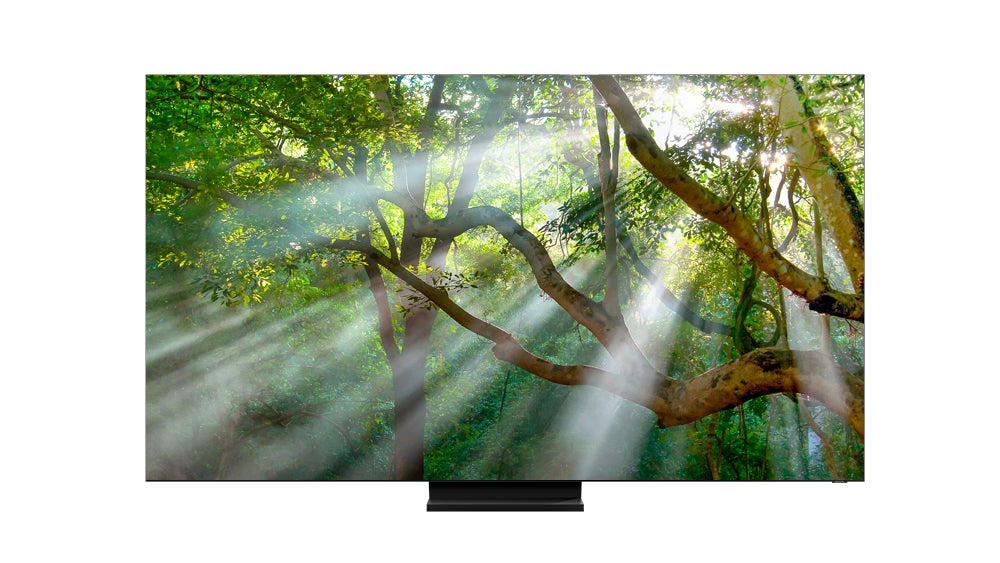
1. Samsung QE75Q950TS
Arguably the best picture quality of any TV
Pros:
- Spectacular picture quality with a wide range of resolutions
- Beautiful, cutting edge design
- Innovative and effective object tracking sound system
Cons:
- One or two very rare backlight glitches
- It will be too expensive for most households
- No Dolby Vision support
Samsung’s latest 8K TV is one of the year’s best, and one of the more cutting edge TVs we’ve ever seen.
While at £7,999, the Q950TS lacks mass market appeal, but the performance it’s capable of is truly sensational. Even with 8K content scarce, its upscaling skills are remarkable, displaying 4K content that looks sharper and more textured than on native 4K displays. Its HDR performance is punchy and bright, black levels are phenomenally deep and colours are consistently balanced and natural looking.
The new OTS+ sound system also works, offering a level of accuracy in terms of effects placement that other rivals haven’t yet matched. As we called it in our review, “it’s one hell of a TV.
2. LG OLED88Z9
Bigger, better and more expensive
Pros:
- Stunning picture quality with 8K and good 4K sources
- Gorgeous design
- Strong smart TV system
Cons:
- It isn’t cheap
- Needs an external decoder box for non-HDMI 8K sources
- Some streamed sources can look noisy
This is a TV that’s spared no expense to deliver an optimal 8K OLED performance, producing one of the most beautiful picture performances of any TV.
With little native 8K content available, upscaling is the focus here and the Z9 takes 4K content and delivers it in a dense, crisp and detailed manner. Colour performance is also stunning and with all that detail, plus OLED’s self-emissive OLED pixels, the Z9’s picture quality is a treat: rich and natural in how images look.
It needs an external decoder box for non-HDMI 8K sources, which is something of a disappointment, but this is nonetheless an astonishing 8K TV.
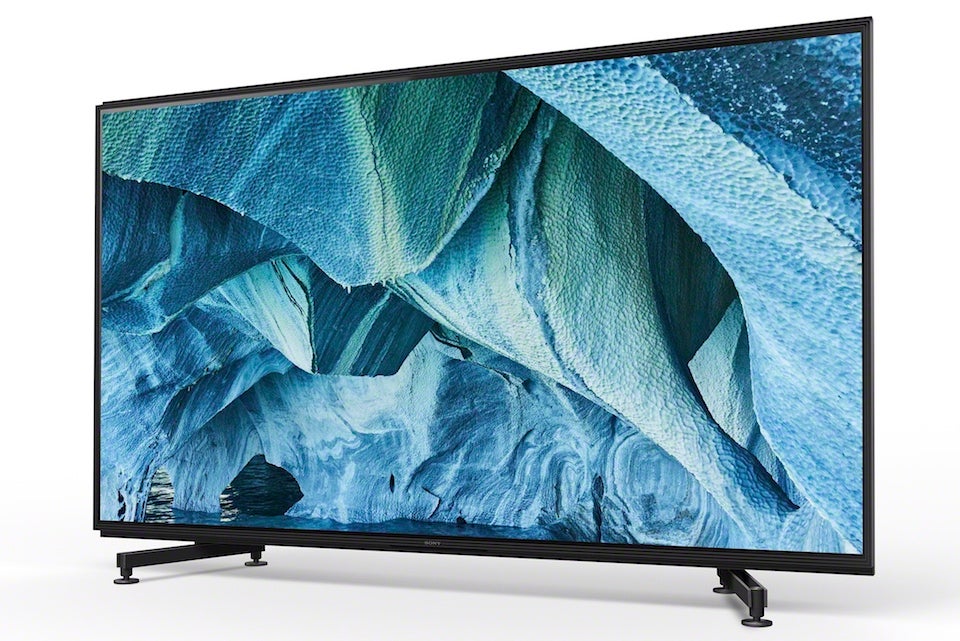
3. Sony KD-85ZG9
A stunning next-generation TV
Pros:
- Sensational 8K HDR picture quality
- Very good, immersive upscaling
- Excellent video processing and backlight management
Cons:
- Super-expensive
- Occasional limited backlight blooming issues
- Voices can get lost in action movie audio mixes
This is a belter of a TV, and probably the best showcase of bright 8K HDR content. Sony won’t reveal how bright it can go, but it’s peak brightness is higher than Samsung, generating deep blacks and punchy highlights for impressively natural-looking image.
Detail levels are immense, and Sony’s motion processing is the best on the market. Audio is pretty good, though not the room-filling sound you might expect for a TV of its size. Backlight blooming is an issue, but now that it’s available at for the same price as the Samsung above, it’s quite competitive pricing for an 8K TV.
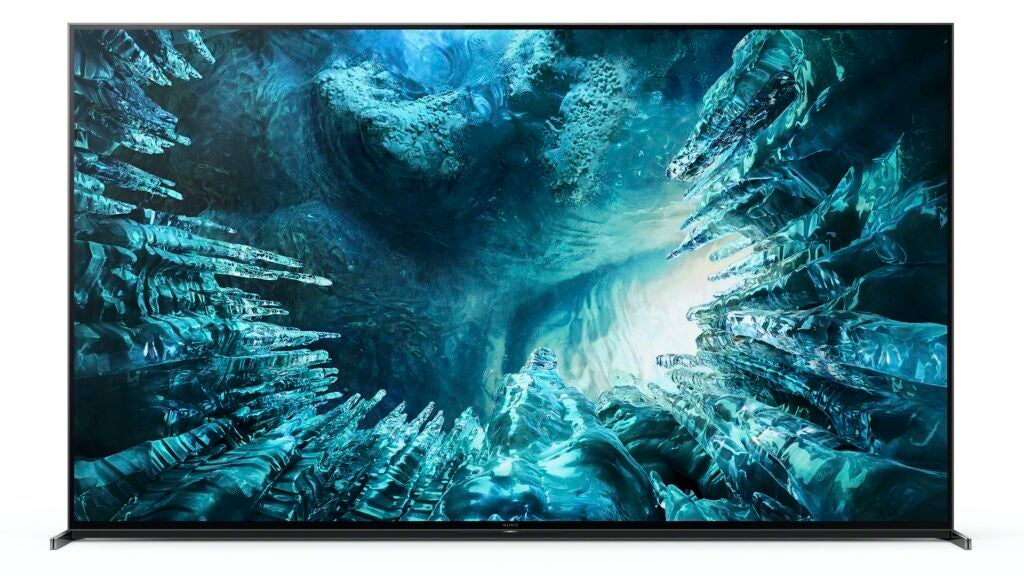
4. Sony KD-75ZH8
Produces some of the best all-round pictures from any LCD TV
Pros:
- Spectacularly bright, colourful pictures
- Excellent built-in sound system
- Comprehensive smart system
Cons:
- Limited 8K input support
- No VRR support for gaming
- Minor backlight blooming
Sony continues to make its mark in the 8K market with its ZH8. It serves up the all-round most spectacular but refined pictures we saw in an LCD TV in 2020. Small bright highlights are dazzling conveyed in a film such as Mad Max: Fury Road, and its brightness feeds into a beautifully rich and vivid colour performance. That’s backed up by a sound system that’s so good, it might actually save you from having to fork out cash for a separate audio system.
We don’t quite understand Sony’s decision to limit the number of 8K inputs. While it can play 8K content over HDMI (though its image looks a little soft), it can’t play 8K over USB or 8K streams. It also misses out on support for VRR, but can do 4K/120Hz and send the TV into its game mode automatically with ALLM. Still, the Sony is one of the finest LCD TVs on the market.
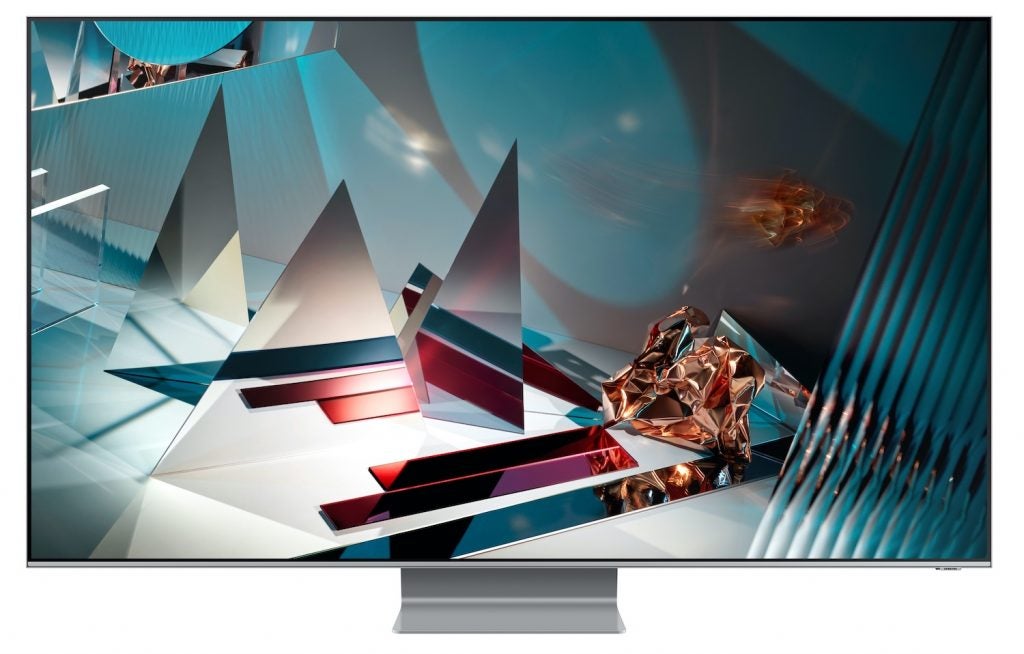
5. Samsung QE65Q800T
Brings 8K closer to wider adoption
Pros:
- Bright, sharp 8K pictures with impressive black levels
- Powerful, impressively detailed audio
- Good value for an 8K TV
Cons:
- Heavy dimming of stand-out bright objects
- No Dolby Vision support
- Game mode reduces backlight controls
The argument made against 8K it’s too expensive and there’s not enough content. Well, when it comes to price, the Samsung Q800T makes a convincing case that 8K is becoming ever more affordable.
Ove the course of testing, we found that the Q800T makes 4K content look better than it does on a native 4K display. That’s down to Samsung’s AI/algorithms driving the performance, and more positives come in the form of excellent black levels, minimal blooming around bright objects and a brightness that makes HDR content look fantastic. The OTS+ sound system works brilliantly, conveying a good dynamic range and able to dole out some nice, meaty bass.
What you need to know about buying an 8K TV
What is an 8K TV?
8K carries four times as many pixels as a 4K TV. That’s a jump from eight million pixels to 33 million, and a resolution bump from 3840 x 2160 to 7680 x 4320.
That makes for a sharper, more detailed and clearer image. Watching 8K is akin to peering through a window, such is the level of clarity it offers.
Is there any native 8K content to watch?
Yes and no. Yes, in the sense that 8K content can be found on YouTube – although, while it looks beautiful, it’s mostly animals and helicopter shots of cities.
No, in the sense of any broadcast, physical media or content from streaming services. The issue of 8K’s lack of content has been brought up many times, but in order for 8K to get there, the infrastructure and end-user experience needs to be in place to stimulate demand.
Do I have to sit closer to the screen to get the 8K effect?
You could. The 8K effect works best for big screen sizes, and it’s best to sit near enough so that the majority of your view is taken up by the screen.
Does 8K TV support HDMI 2.1?
Yes, it does, and that’s important as HDMI 2.1 supports higher video resolutions and frame rates, including 8K at 60fps. The specification also supports Variable Refresh Rates (VRR) and Auto Low Latency Mode (ALLM), which supported by the PS5 and Xbox Series X consoles. eARC is bundled there too, and with the higher bitrate that HDMI 2.1 allows for, Dolby Atmos and DTS:X can be piped through the TV to external devices from streaming services and apps.
When will 8K TV become affordable?
2021 will prices for 8K TVs fall even further. In 2020 LG offered a 55-inch 8K at £1500, and we can see that coming down further to £1000. 2021 could be the year where this format comes onto the radar for many TV buyers.
